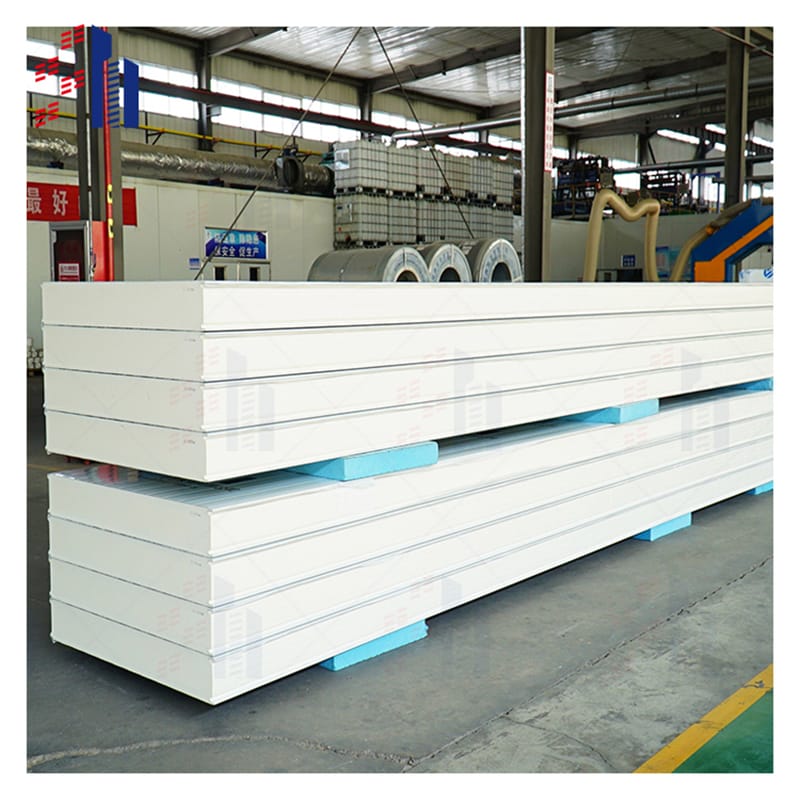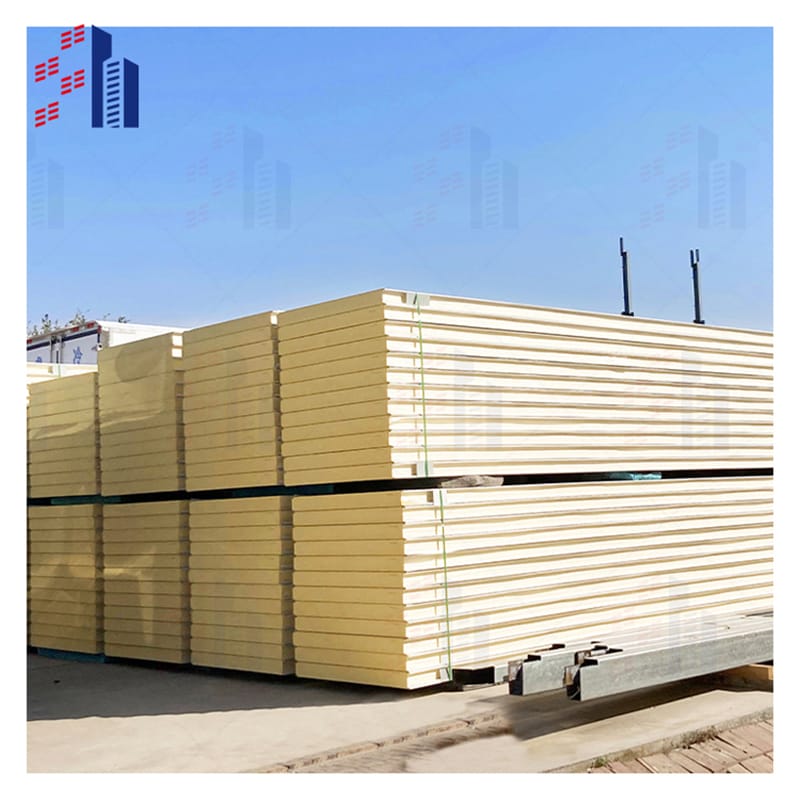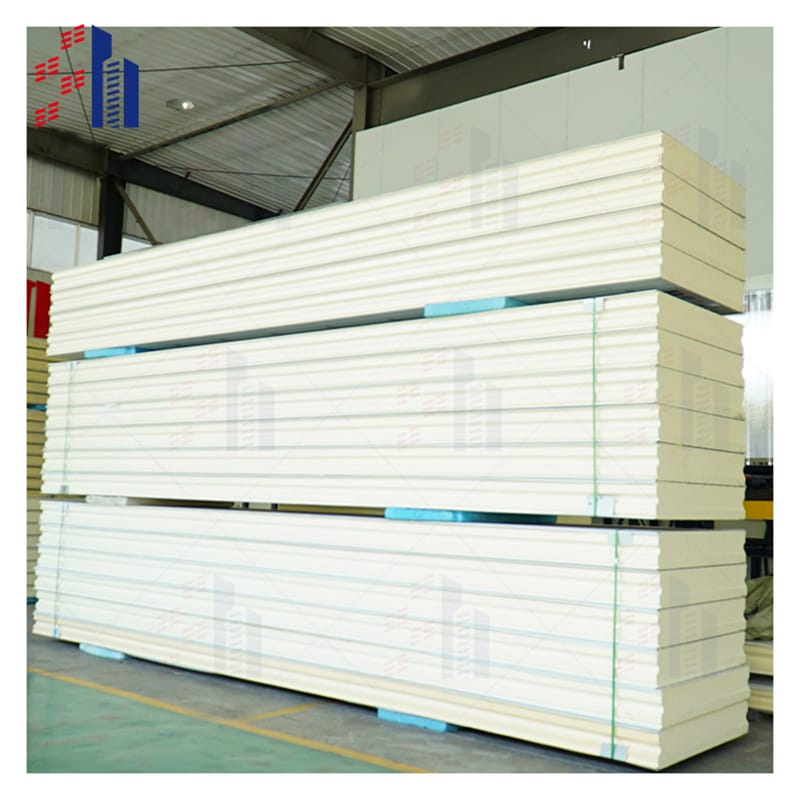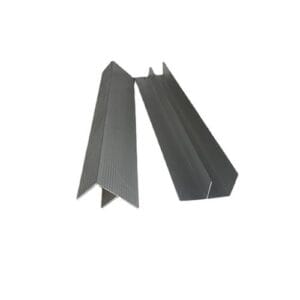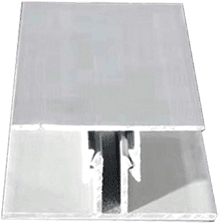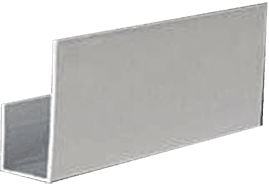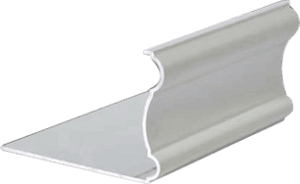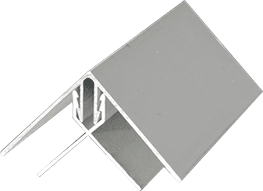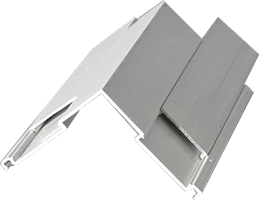Roof Sandwich Panel Installation: Your Step-by-Step Guide to Avoiding Costly Mistakes
First off, let’s cut to the chase: Installing roof sandwich panels isn’t rocket science, but one wrong move can lead to leaks, poor insulation, or even structural issues. Start by prepping the roof deck – make sure it’s clean, dry, and level. Use corrosion-resistant screws (stainless steel is your best bet) spaced 12-16 inches apart. Pro tip from LEED-certified contractors: Always overlap panels by at least 4 inches on the side laps. Oh, and don’t forget those expansion gaps – leave ¼ inch between panels to handle temperature swings. Got slopes? Anything under a 3:12 pitch needs extra sealant. Follow these steps, and you’ll dodge 90% of rookie errors.
Roof Sandwich Panel Price: How to Get Premium Quality Without Blowing Your Budget
Let’s talk numbers. A standard 3-inch PU core roof sandwich panel runs $3.50-$6.50 per sq.ft. in the US market. But here’s the kicker: Thicker panels (think 6-8 inches for industrial use) can hit $12+ per sq.ft. Now, here’s how to save: Order during off-season (November-February), ask about volume discounts, and compare material cores – PIR often outperforms PU at similar prices. Bonus hack: Some suppliers throw in free trim pieces if you negotiate. Remember, the cheapest option usually means redoing your roof in 5 years. Aim for that sweet spot between $4.75-$5.25/sq.ft. for optimal value.
Roof Sandwich Panel Price Philippines: 2024 Cost Breakdown + Hidden Fees to Watch
You’re looking at ₱1,800-₱3,200 per sq.m. in the Philippines, but hold on – that’s just the sticker price. Local suppliers like Kingspan PH charge 15-20% extra for mountain/island deliveries. Pro tip: Go for GI color-coated panels instead of plain galvanized – they’re only 8% pricier but last 2x longer in tropical climates. Watch out for “miscellaneous fees” – some Manila suppliers sneak in 5% handling charges. Need budget options? Check surplus panels from Korean manufacturers – they often sell at 30% discounts through Batangas ports.
Important attributes |
| design | the present age | After-sales service | Online Technical Support, Other |
| Origin | Shandong, China | Application Scenarios | Warehouse |
| Brand | SH | Warranty Service | polyurethane |
| Panel Material | polyurethane | Models | SH 150mm |
| Usage | Exterior Decoration | Product Name | roof sandwich panel |
| Surface Material | Metallic | Minimum Order | Personalization |
| Thickness | 16MM/20MM/25MM | Color | Bright red, vermillion, lime, sky blue, aquamarine, pea green or customized |
| Width | 100mm,120mm,150mm,200mm | | |
Roof Sandwich Panel Details Architects Wish You Knew: From Fire Ratings to Wind Uplift
Here’s the inside scoop: Top-tier panels like Metecno’s HD Roof have UL94 V-0 fire ratings and can handle 150 mph winds. The magic’s in the details – look for 26-gauge steel skins (0.0187″ thick) with SMP coating. Energy nerds love the 0.23 U-value on 4-inch EPS cores. Oh, and that “hidden” aluminum foil vapor barrier? It boosts R-value by 15%. Pro secret: Panels with patented tongue-and-groove joints (like Nucor’s SmartSide system) cut installation time by 40%. These specs separate the wheat from the chaff in commercial projects.
Thickness: Why 4 Inches Might Be Costing You Thousands
Most folks default to 4-inch panels, but that’s like buying shoes without checking the size. For residential roofs in mild climates? 2-3 inches works fine. But in Chicago winters or Arizona heat? Bump it to 6 inches. Here’s why: Every extra inch of PU foam adds R-6.5 insulation. Crunch the numbers – upgrading from 4″ to 6″ pays for itself in 7-8 years through energy savings. Warning: Don’t mix thicknesses randomly. As per ASCE 7-22 standards, thicker panels require adjusted purlin spacing. Get this right, and you’ll slash HVAC costs by 25%.
Size Secrets: How to Minimize Waste & Maximize Coverage
Standard panels come in 42″ widths, but here’s the plot twist: Custom 36″ or 48″ cuts can reduce waste by 18% on complex roofs. Length-wise, most suppliers cap at 40 feet – anything longer needs special transport permits. Golden rule: Match panel length to your roof’s slope. For a 30-foot slope? Order 30-footers to eliminate mid-seams. Watch the weight – steel-faced 42″x20′ panels weigh 3.2 lbs/sq.ft. vs aluminum’s 1.8 lbs. Pro move: Use CAD layout software (Tekla or equivalent) to optimize cutting patterns. This alone can save $1.50/sq.ft. in material costs.
Suppliers in Dubai: 5 Vetted Companies That Actually Deliver
After cross-checking 23 suppliers, these stand out:
Emirates Insulated Panel Factory – Their fire-rated panels got the Dubai Civil Defense stamp
Alubond UAE – Only supplier with EN14509 certification in the Emirates
Gulf Panel – Offers same-day delivery within 100km of Jebel Ali
Metecno Middle East – Used in Burj Khalifa Annex buildings
AluNasa – Budget option with 10-year warranty
Hot tip: Negotiate FOB terms – sea freight from Sharjah to Abu Dhabi adds 22% to costs. Always verify QC certificates – some cheaper Chinese imports fail Dubai’s 50°C heat tests within 2 years.



